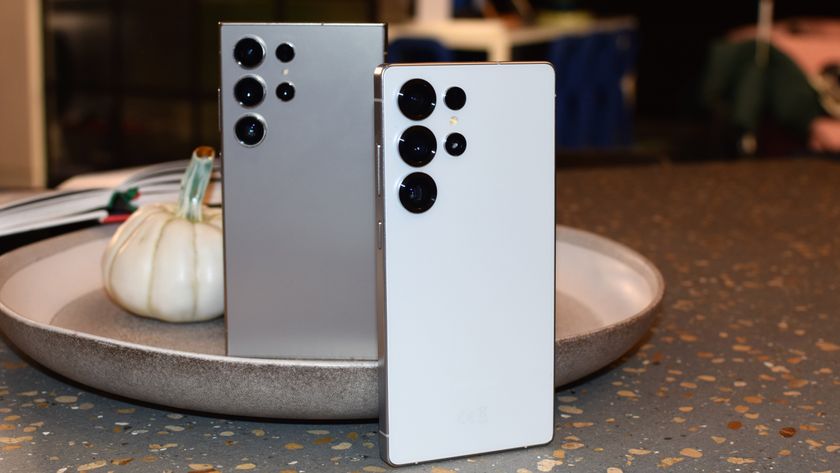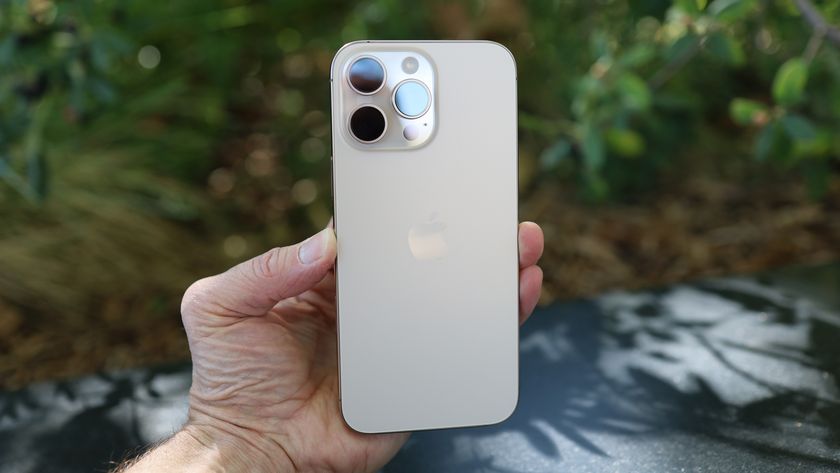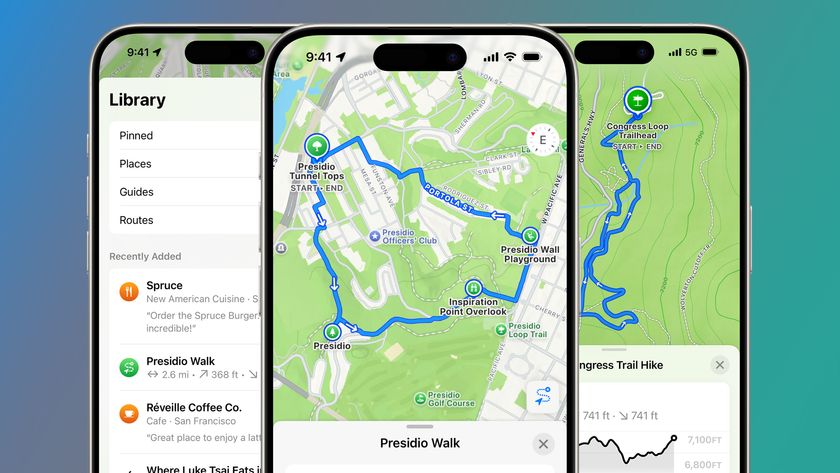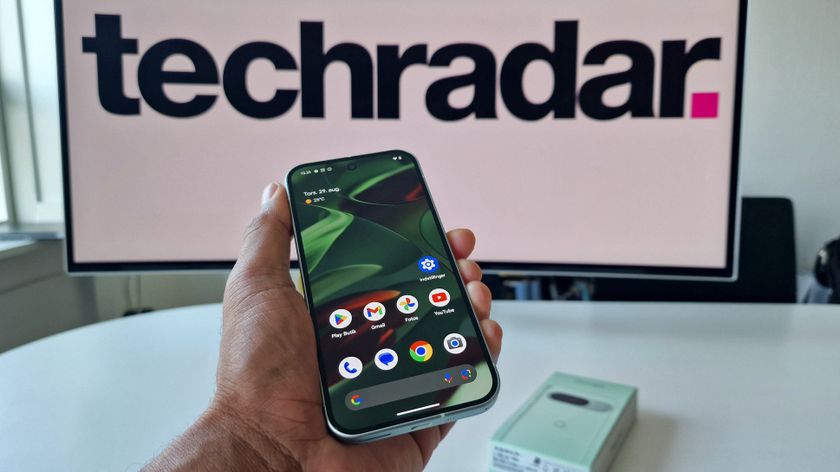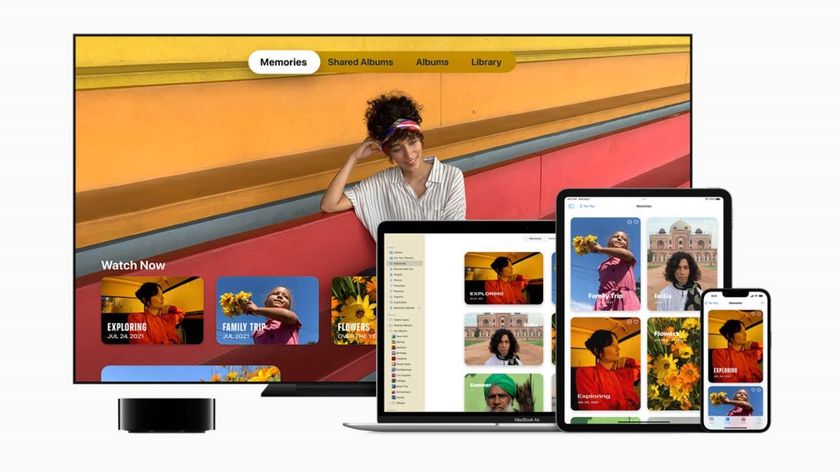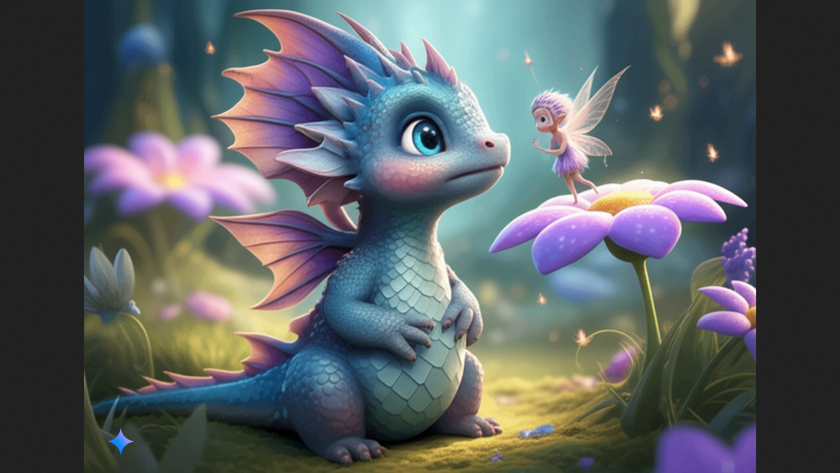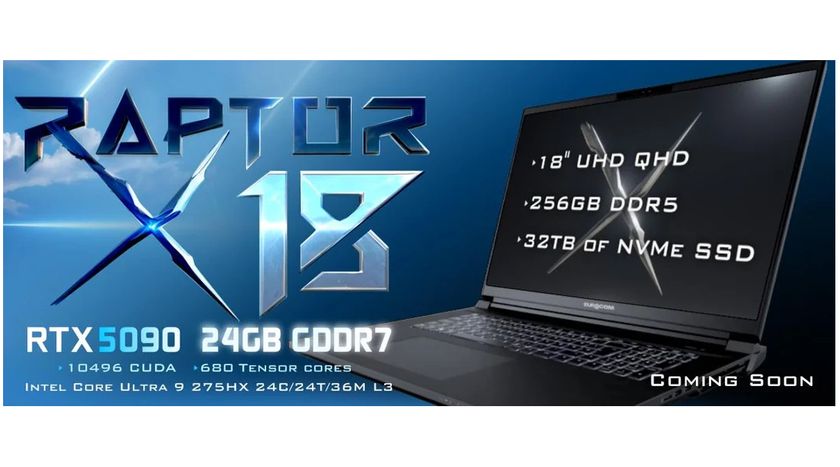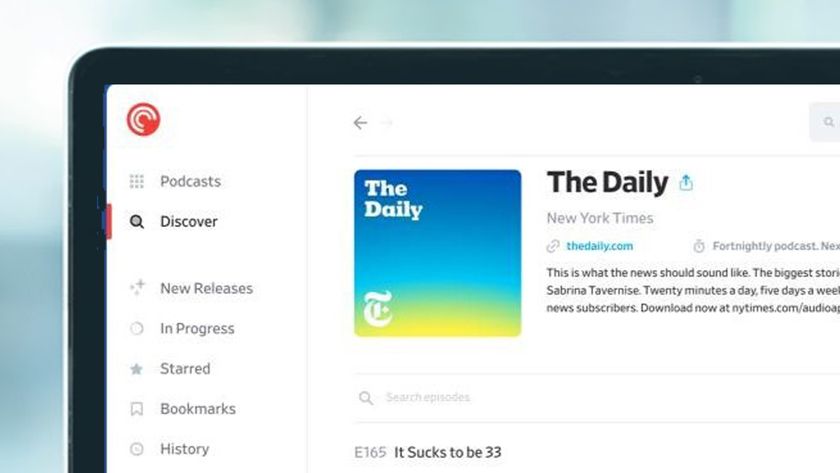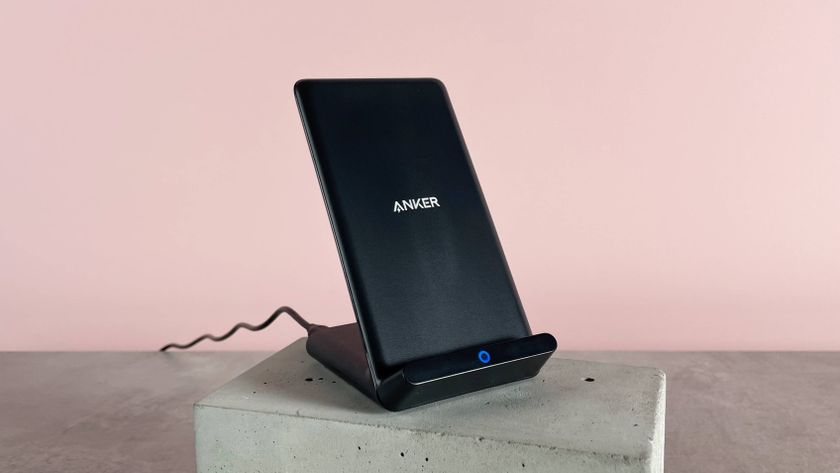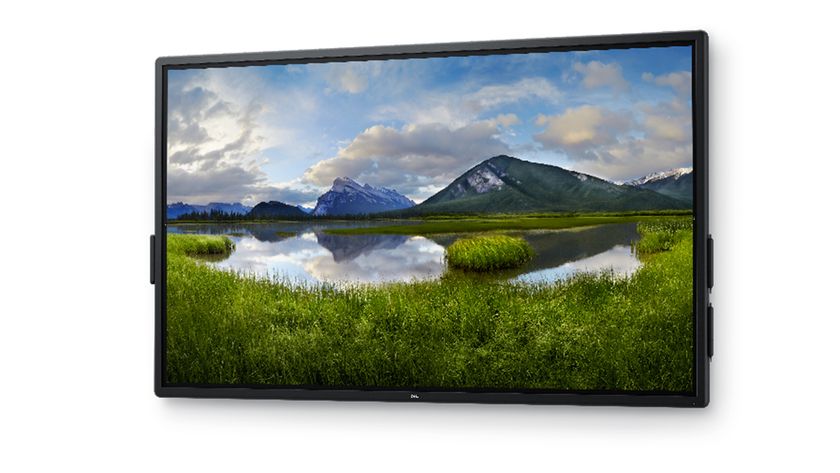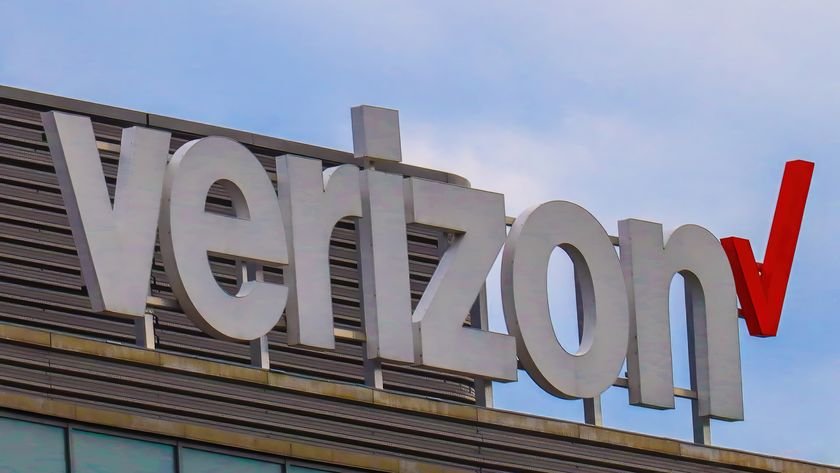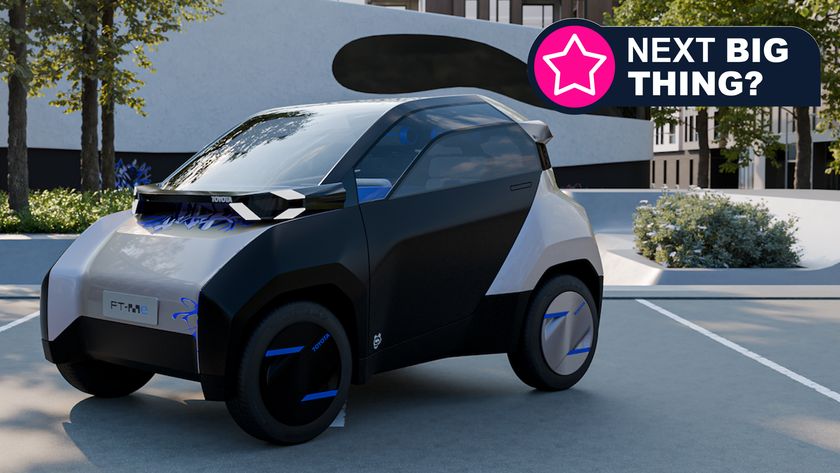Flashback: the past, present and future of the camera phone
You'll have definitely owned one of these phones
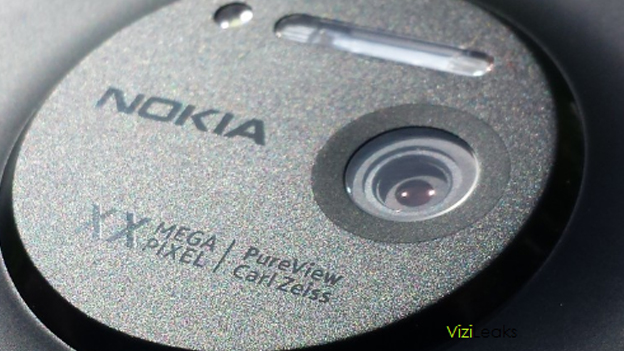
13 years ago, phones with cameras inside seemed pointless, heavy bricks that gave you grainy approximations of images. Fast forward to today, and we now have a phone with a 41MP camera sensor, one with 10x optical zoom and phone that's adept at nabbing low light shots sitting sleekly in our collective pocket.
Today, with the iPhone 4, 4S and 5 as the most popular cameras used on photo sharing site Flickr, camera phones are clearly the new medium for taking and sharing photos, with the likes of Samsung and HTC also making the top ten.
And look at Instagram, an application dedicated to people taking photos on their mobile devices - predominantly mobile phones - now boasts over 150 million active users and sees 55 million photos posted from said devices every day.
Tell someone 15 years ago that phones would be the most popular cameras and they'd probably laugh. Today the two are synonymous. But how did this all happen so quickly?
The beginning
November 2000 saw the first camera phone hit the market, the Sharp J-SH04, but it failed to make much of an impact. In fact the J-SH04 never made it out of Japan - we could go as far as to say the first camera phone was actually a bit of a flop.
Read the specs of the Sharp J-SH04 and you'll understand the reservations people had about camera phones back then.
A 0.11MP snapper adorning the rear and a 256 colour display is enough to make you weep, but at least it was lightweight at just 74g. You won't find a camera phone weighing as little as that nowadays.
Get daily insight, inspiration and deals in your inbox
Sign up for breaking news, reviews, opinion, top tech deals, and more.
Maybe the world wasn't ready for the technology, or perhaps no one cared. Either way the camera phone had arrived and a couple of years later the landscape changed completely.
Nokia 7650
Released in early 2002, the Nokia 7650 is arguably one of the most important phones ever. Promoted around the film Minority Report, it brought camera phones to the mainstream with the help of endorsement deals and heavy promotion.
Essentially, having a camera on your phone suddenly became rather desirable even if you couldn't do much with the picture.
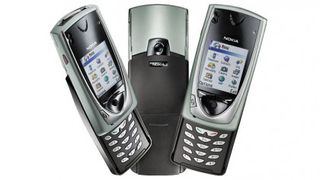
In terms of specs the 7650 stepped things up over Sharp's original camera phone, with a 0.3MP camera, 2.1-inch display, 104MHz processor and a whopping 4MB (yes MB, not GB) of internal storage.
The Sony Ericsson T68i was the only other camera phone available at the time, although the camera was an entirely separate module. In the US, the T68i was available for $199 (around £120), the camera was another $130 (around £80).
This gave rise to the first MMS services in the UK, from Orange and T-Mobile.
By today's standards, the Nokia 7650 is pretty poor as it has a maximum 4 hours talk time, and the 2.1-inch screen is smashed by the 5-inches we see today, but toting a VGA 640x480 camera inside put it ahead of its camera devoid rivals.
It wasn't until November 2003 that the next big step was made, with introduction of autofocus in the Panasonic P505iS.
Sony Ericsson K750i
By 2005 things, things had improved greatly. The Sony Ericsson K750i was one of a select few phones to be rocking a 2MP camera, and it even had a blindingly bright dual-LED flash. This was next-gen stuff, seriously.
Alongside the Nokia 7650, the Sony Ericsson K750i was a handset that we clamoured for. We remember pulling it out of a pocket, only to find a friend had bought the same phone, but in a different colour.
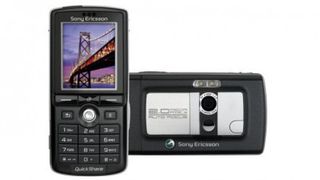
The K750i also highlights just how far the rest of the mobile world had progressed, with 9 hours talk time and Bluetooth 2.0. It may have only had a 1.9-inch display, but the addition of a memory card slot meant a photo sharing revolution had begun.
A dedicated lens slider showed Sony was serious about camera phones, and this continued with the introduction of its Cyber-shot camera technology in the Sony Ericsson K800i.
Nokia N95
Nokia followed up its 2005 Nokia N90 (the first with a Carl Zeiss lens) and the 2006 Nokia N93 (with 3x optical zoom) with the technically gifted Nokia N95 in 2007.
The N95 had much to shout about; 3.5G internet technology, GPS and impressive multimedia capabilities. The camera was also no slouch, it too carried Carl Zeiss optics. The 5MP sensor was aided by an LED flash.
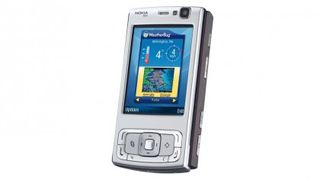
The 330MHz processor took 20 seconds between shots, something that was considered reasonable at the time. Compare that to today where smartphones are able to process many images per second, and 2007 seems an age ago.
LG Viewty KU990
The other stand-out camera phone of 2007 was the LG Viewty KU990. It too packed a 5MP camera with lenses made Schneider Kreuznach.
Design-wise, the Viewty resembled a compact camera, coming complete with a movable wheel on the back that allowed for up to 16x digital zoom.
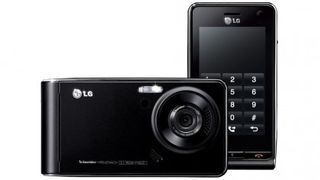
It also rolled up with a Xenon flash, an upgrade over the LED offerings, as well as a 3-inch touch screen to put images front and centre.
There was little to choose between the LG Viewty and the Nokia N95 for cameras, but the Viewty offered far greater image editing, slow motion video capture and the touch screen is something that we have now come to expect from smartphones.
